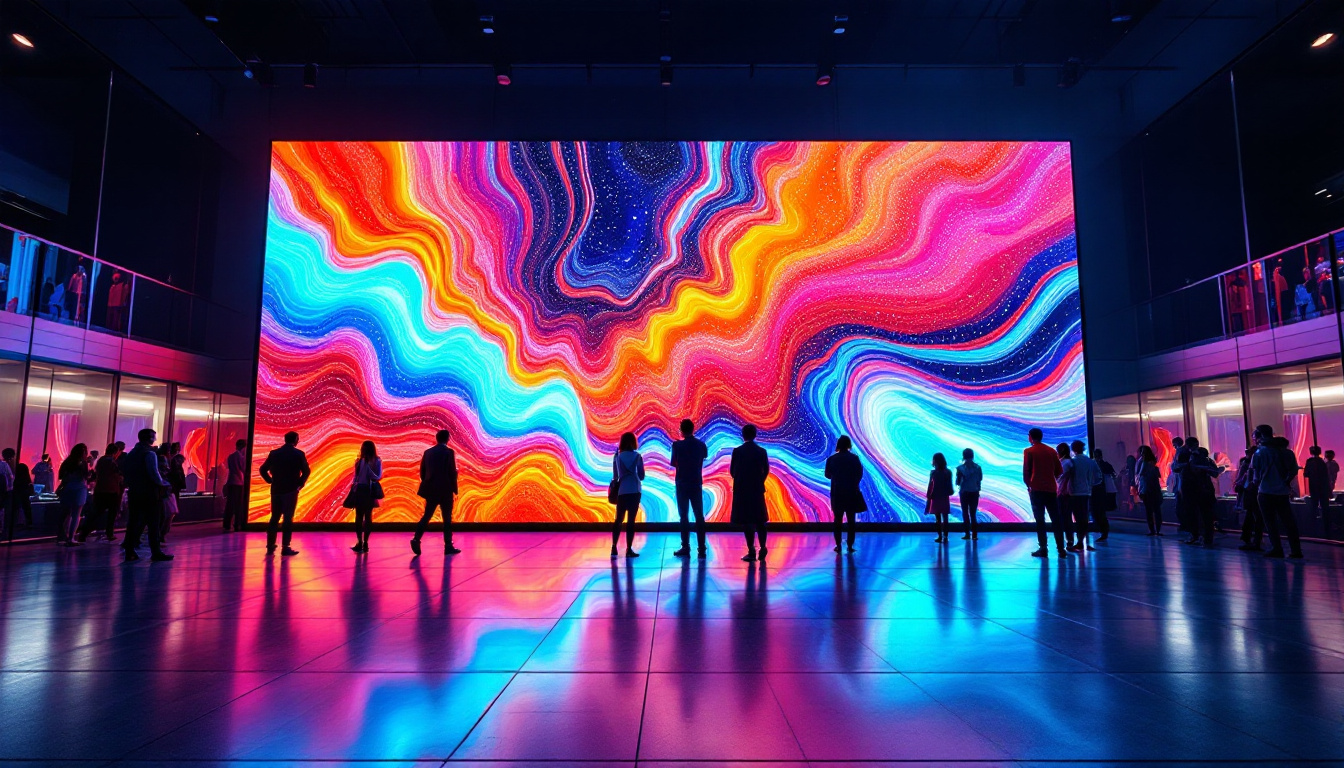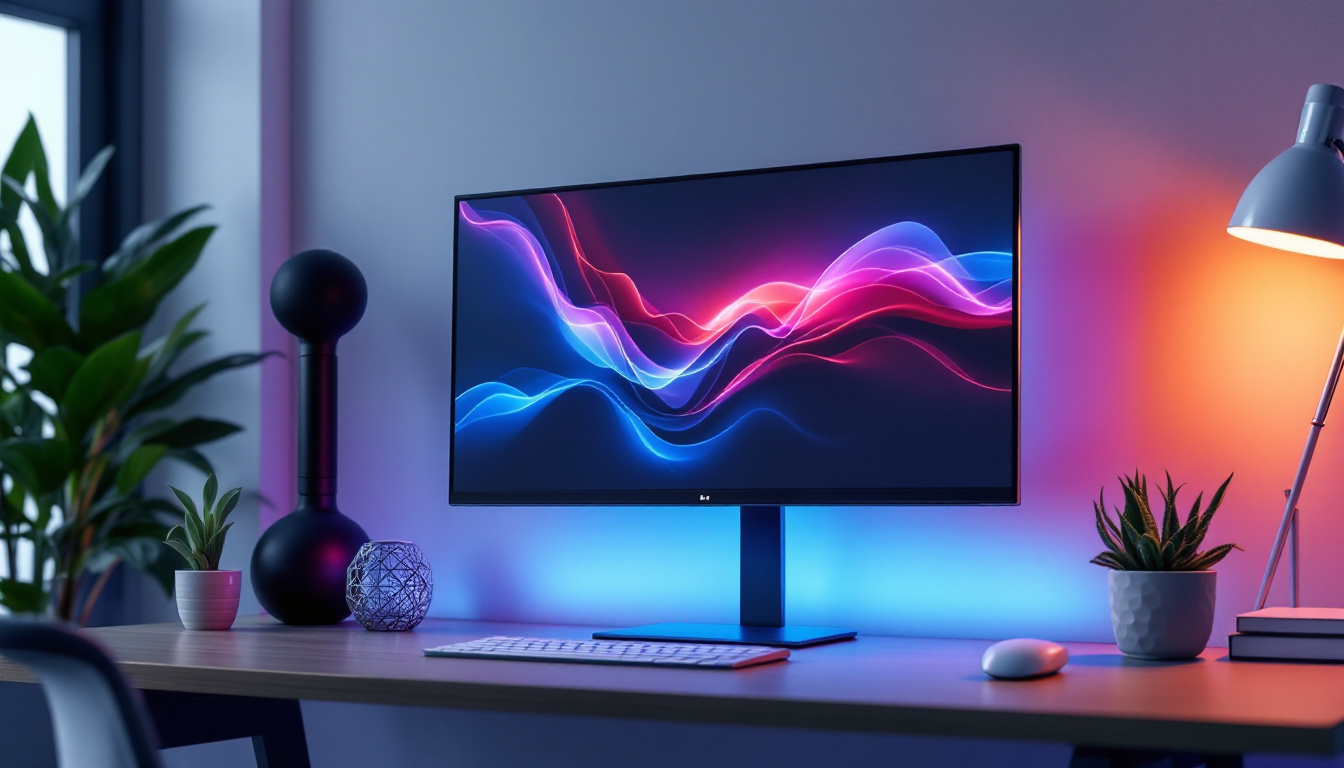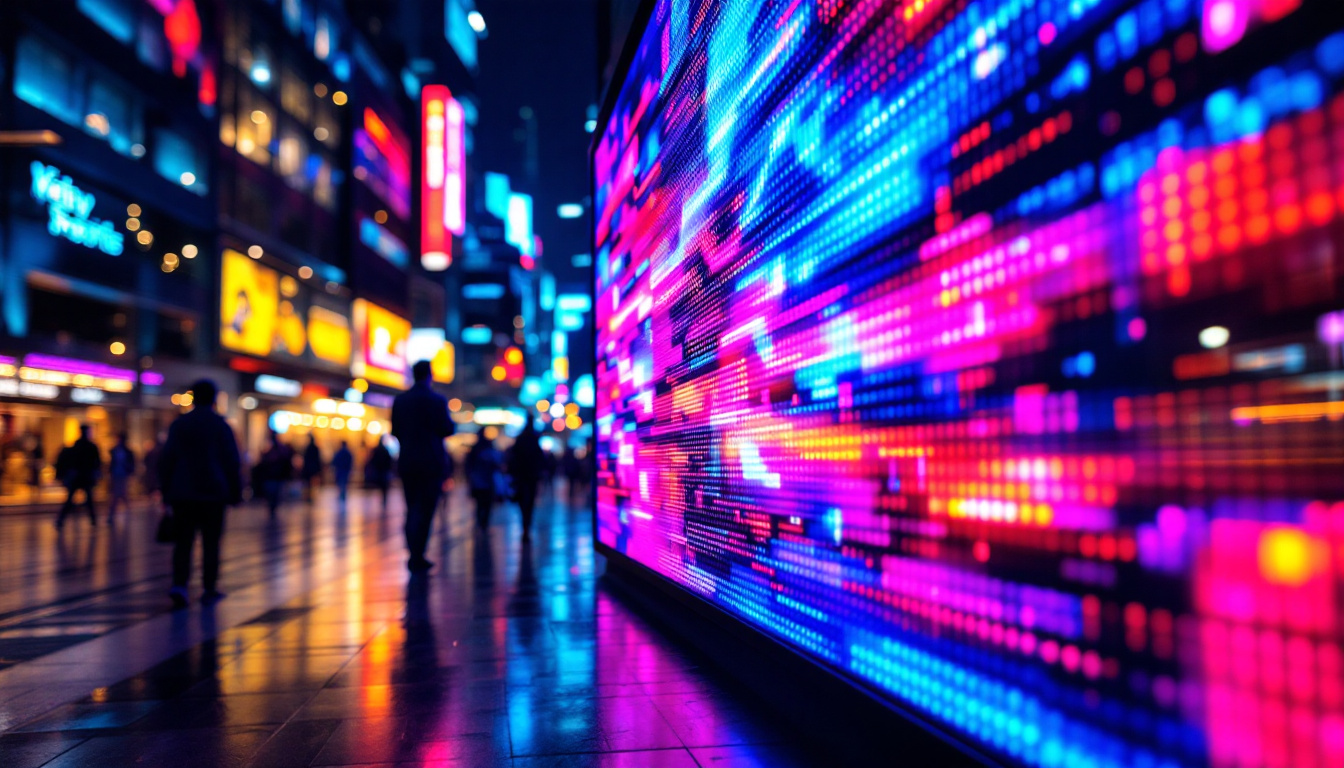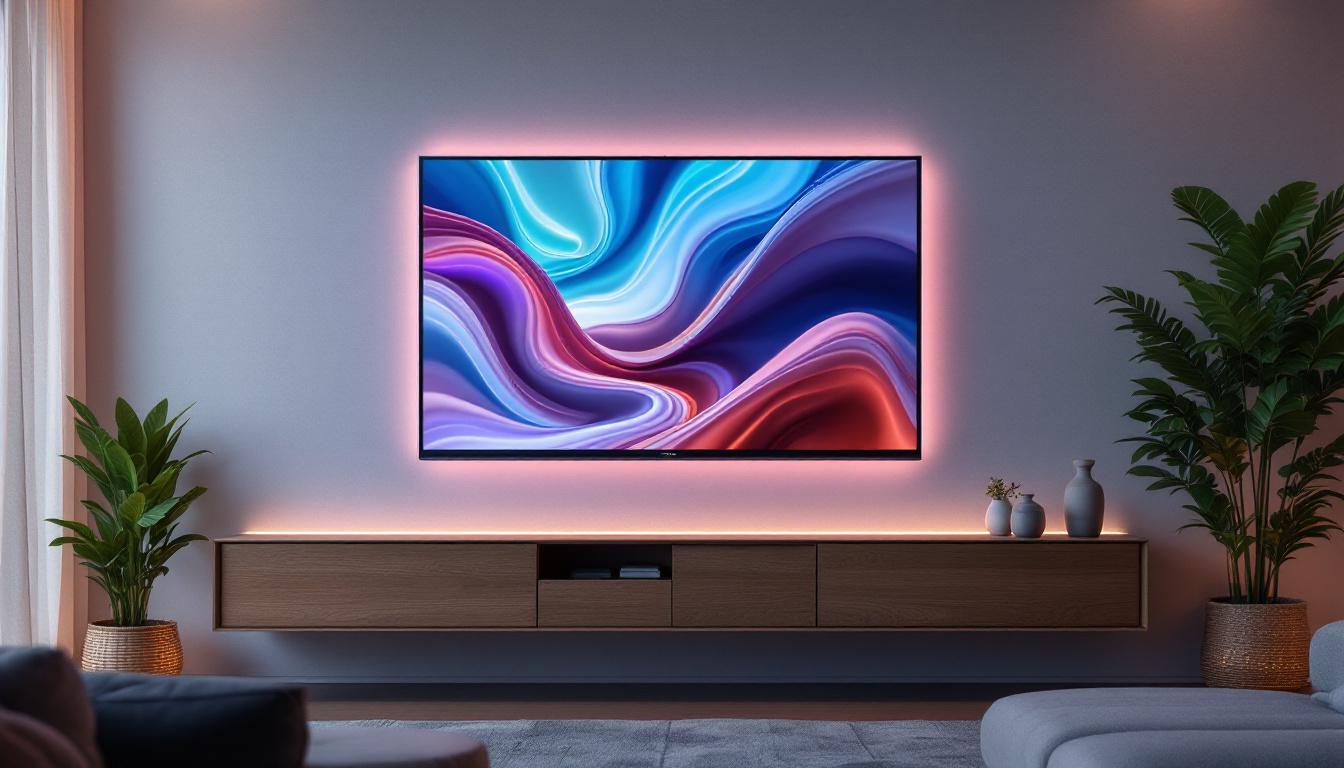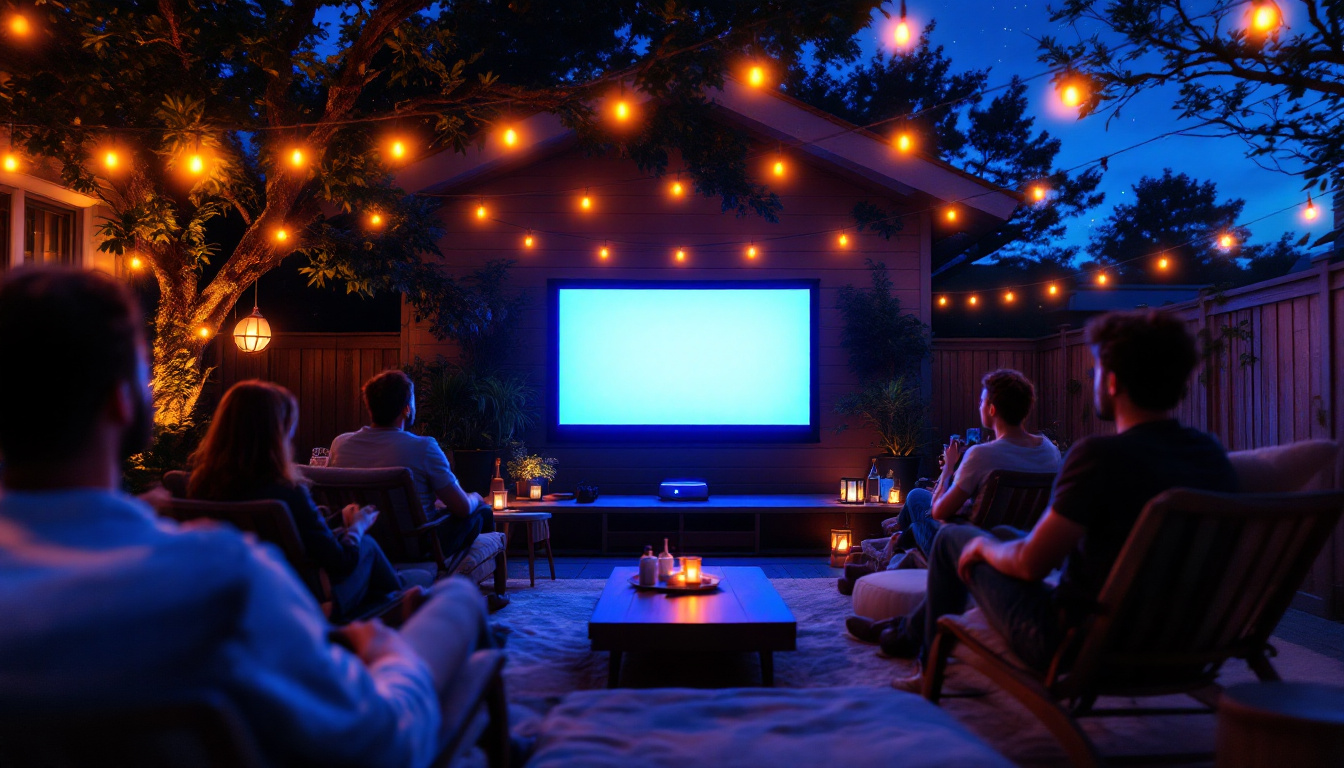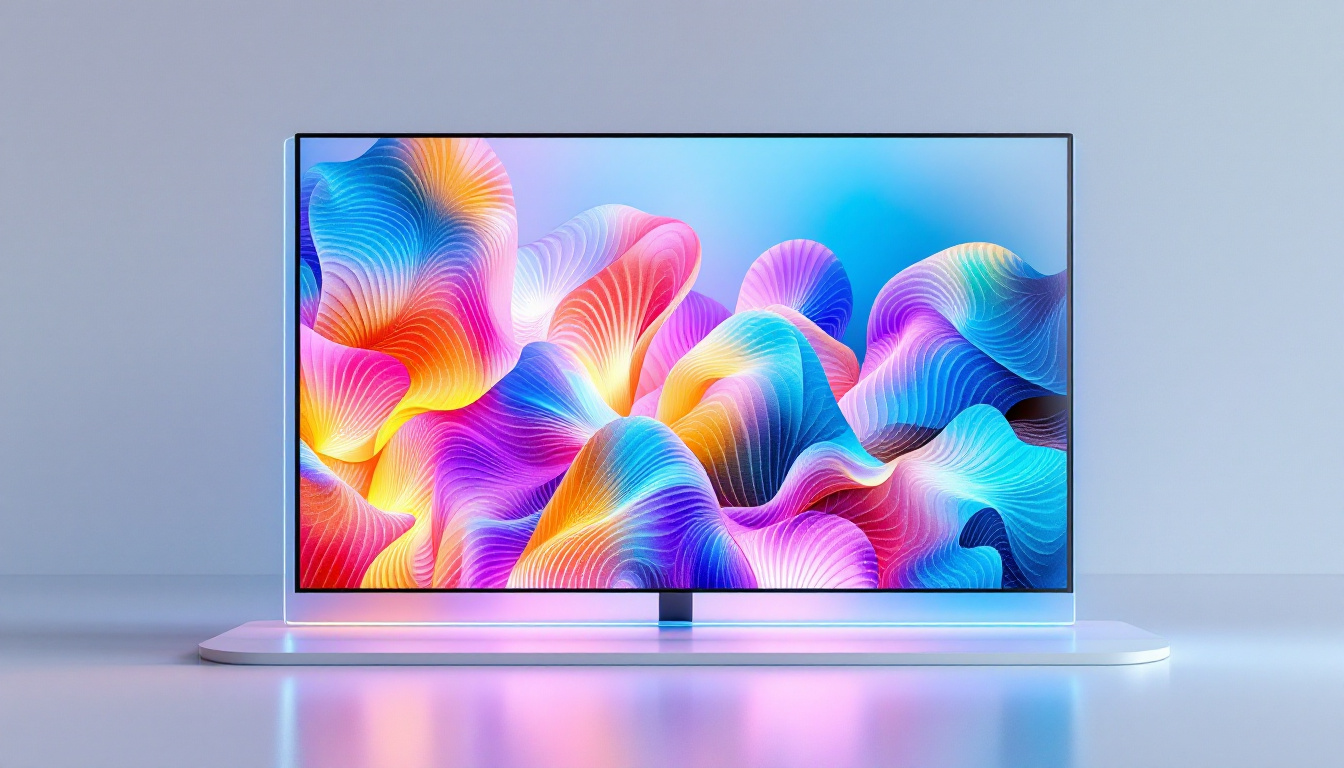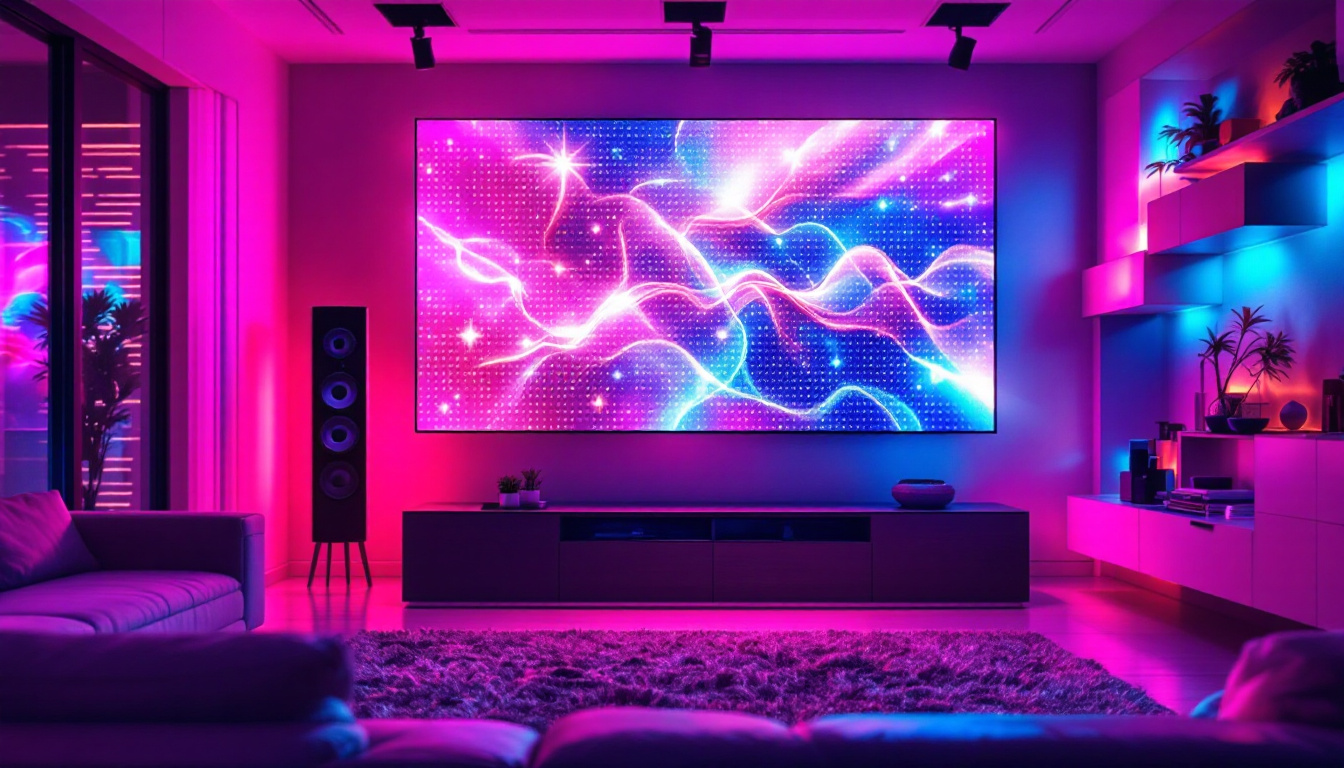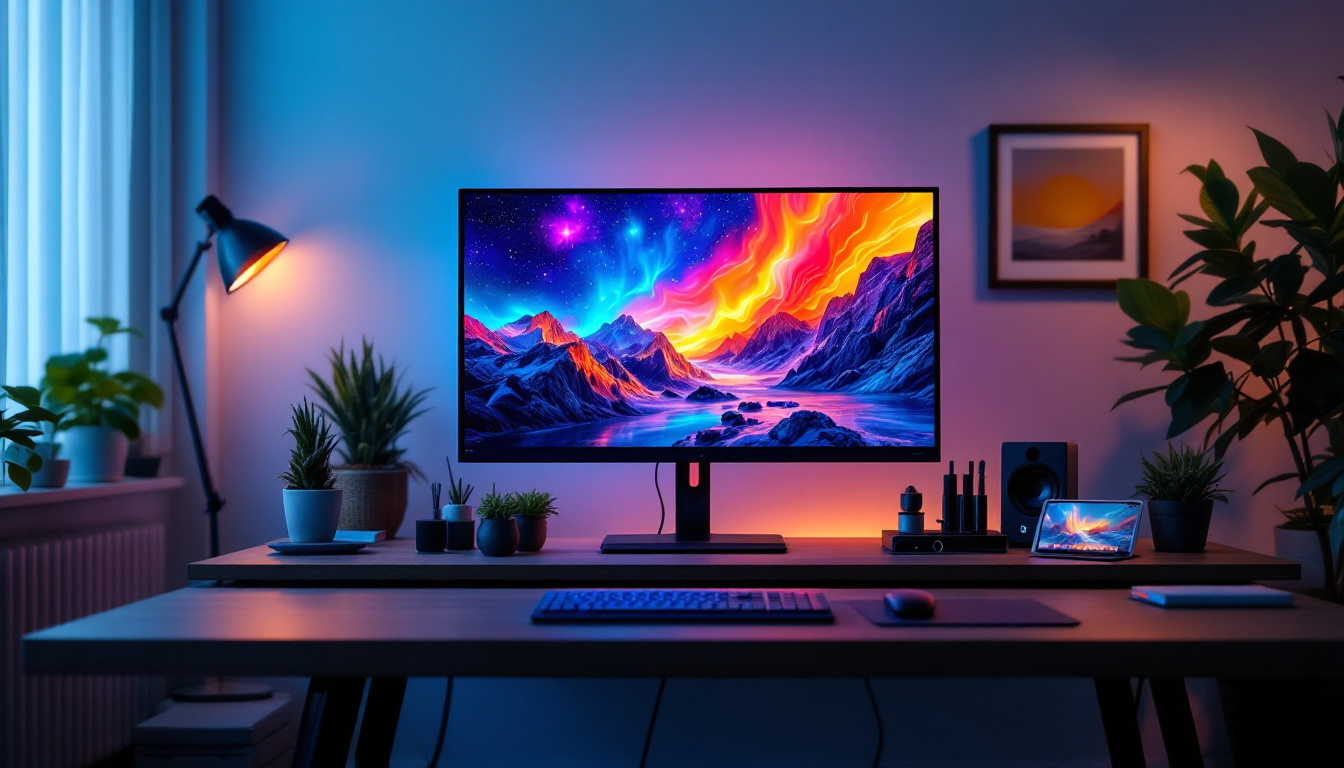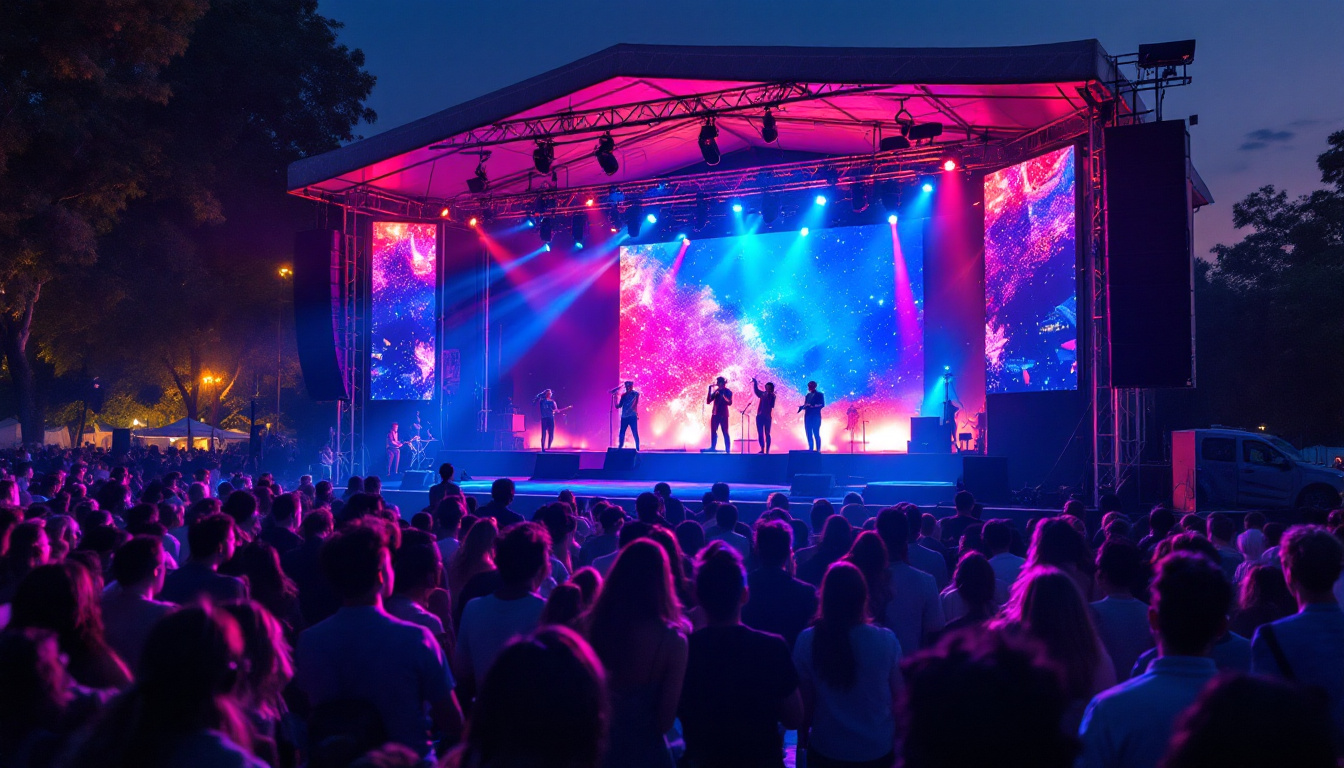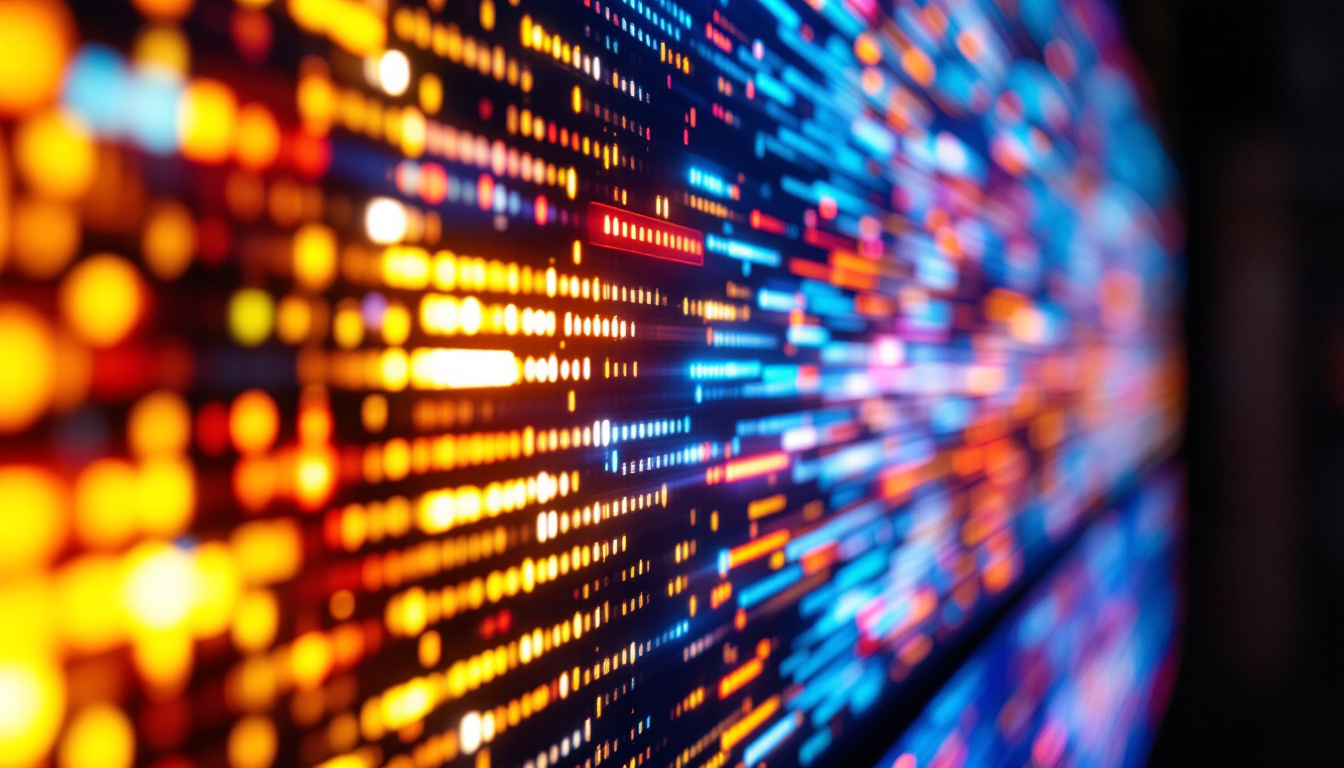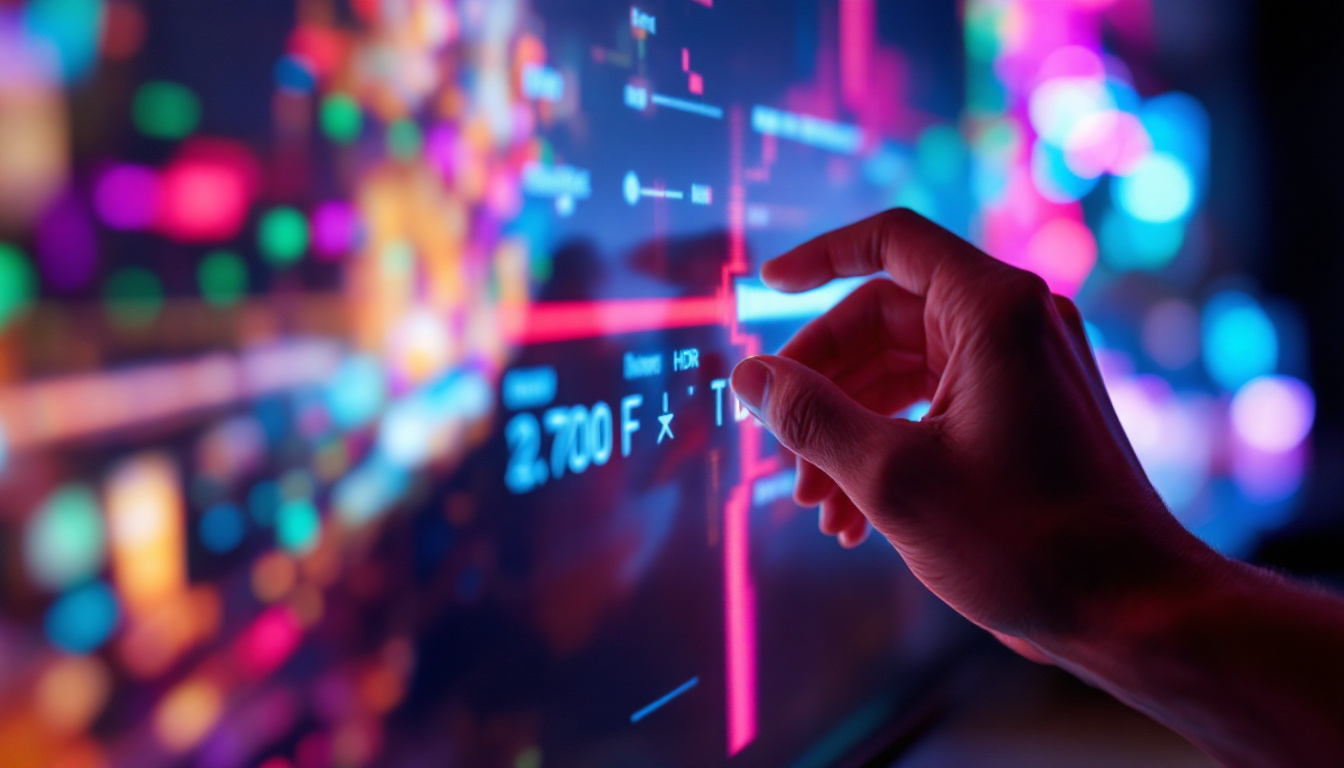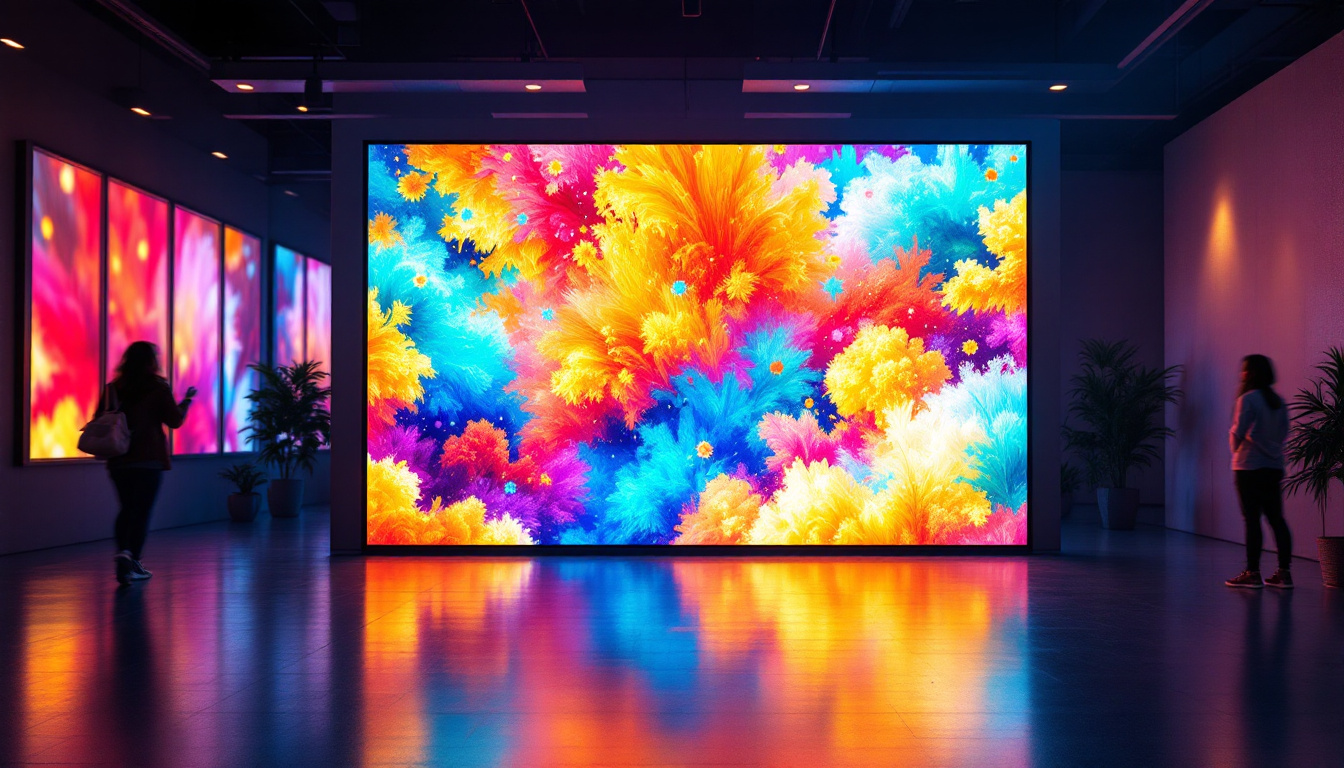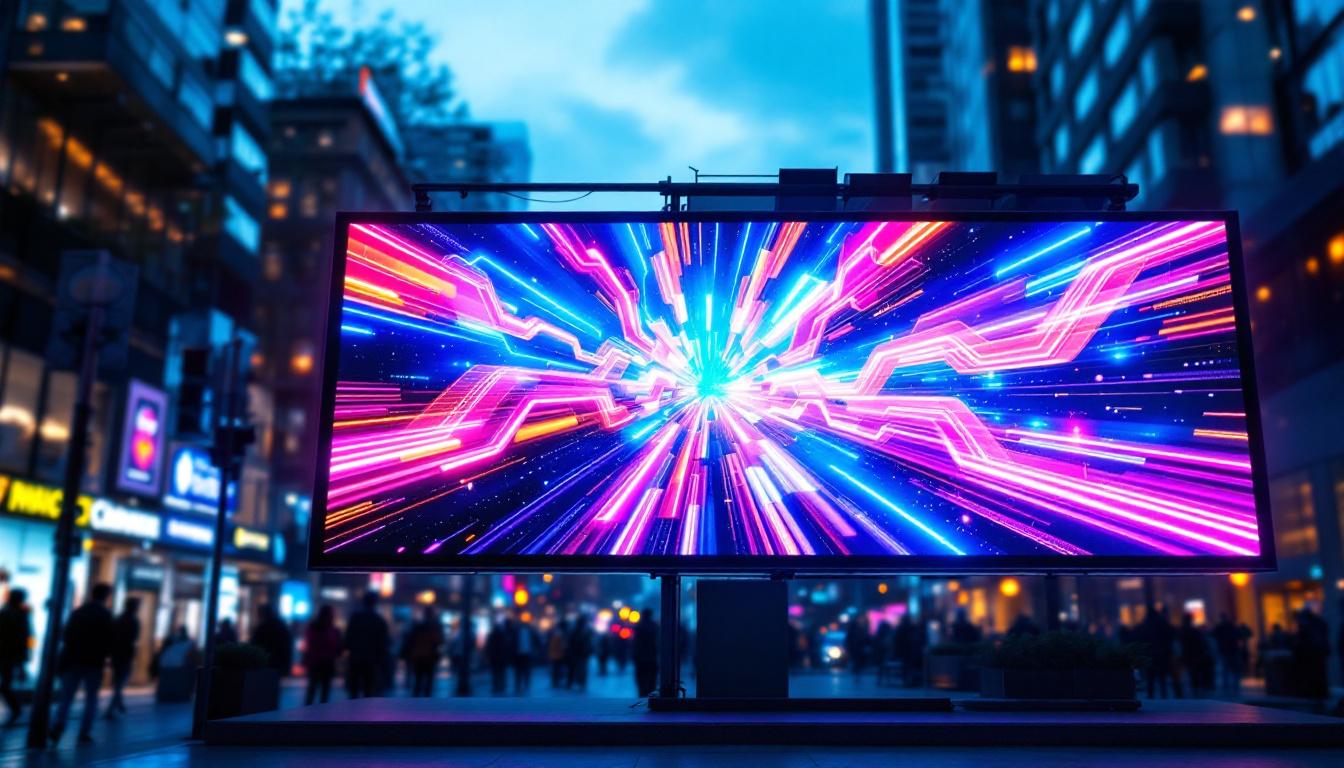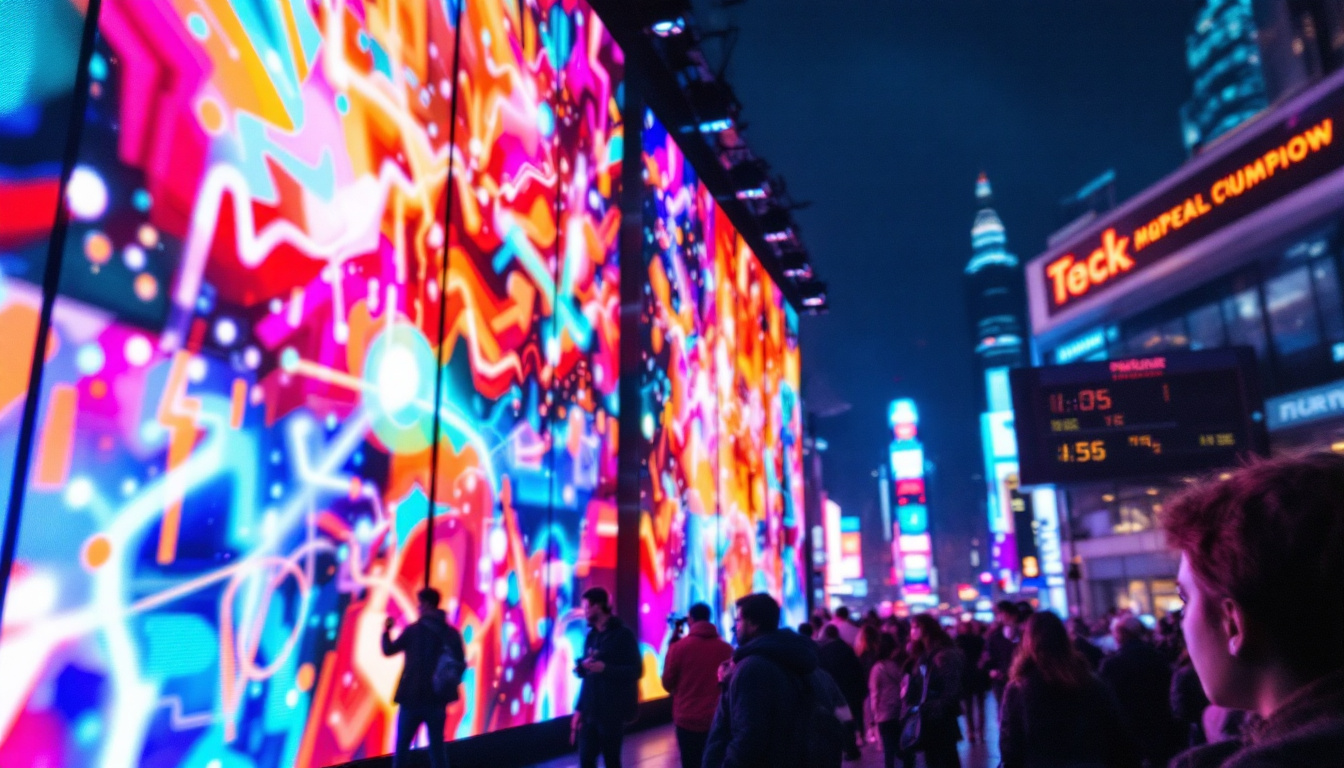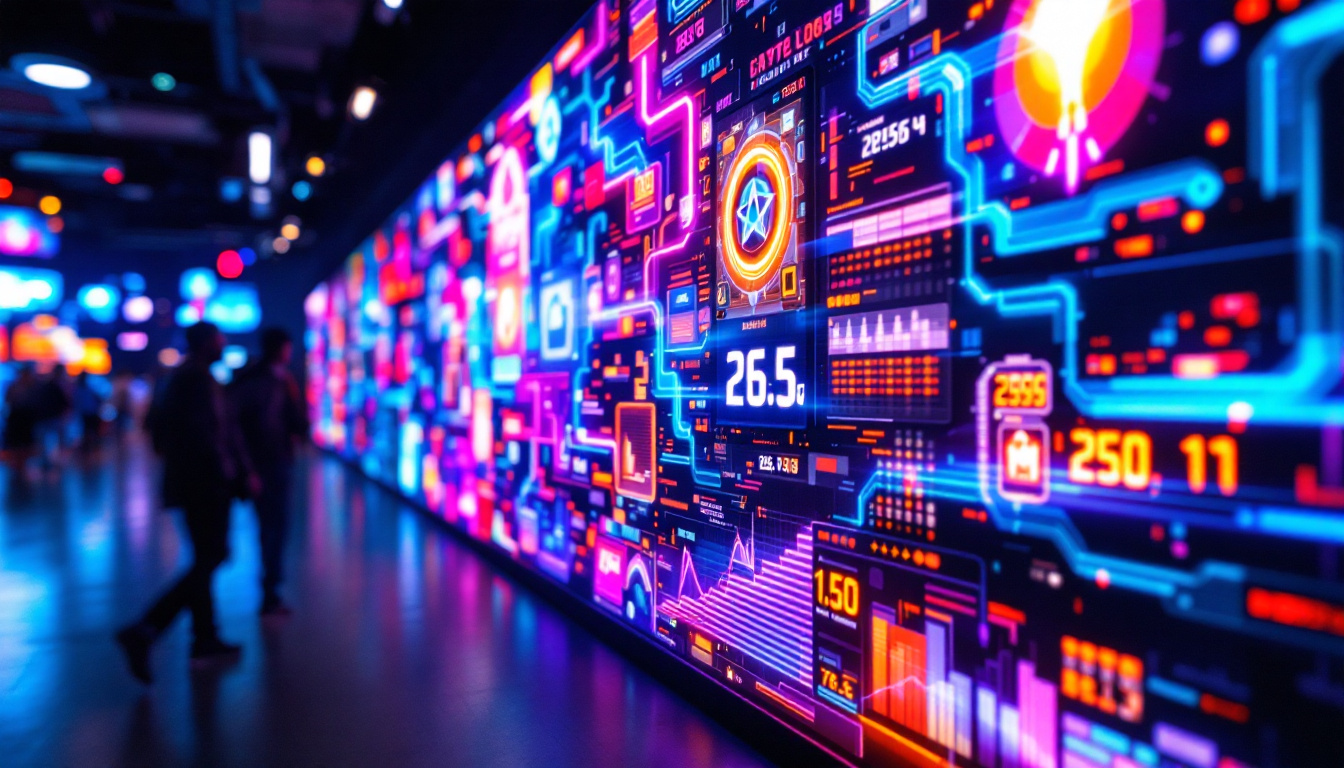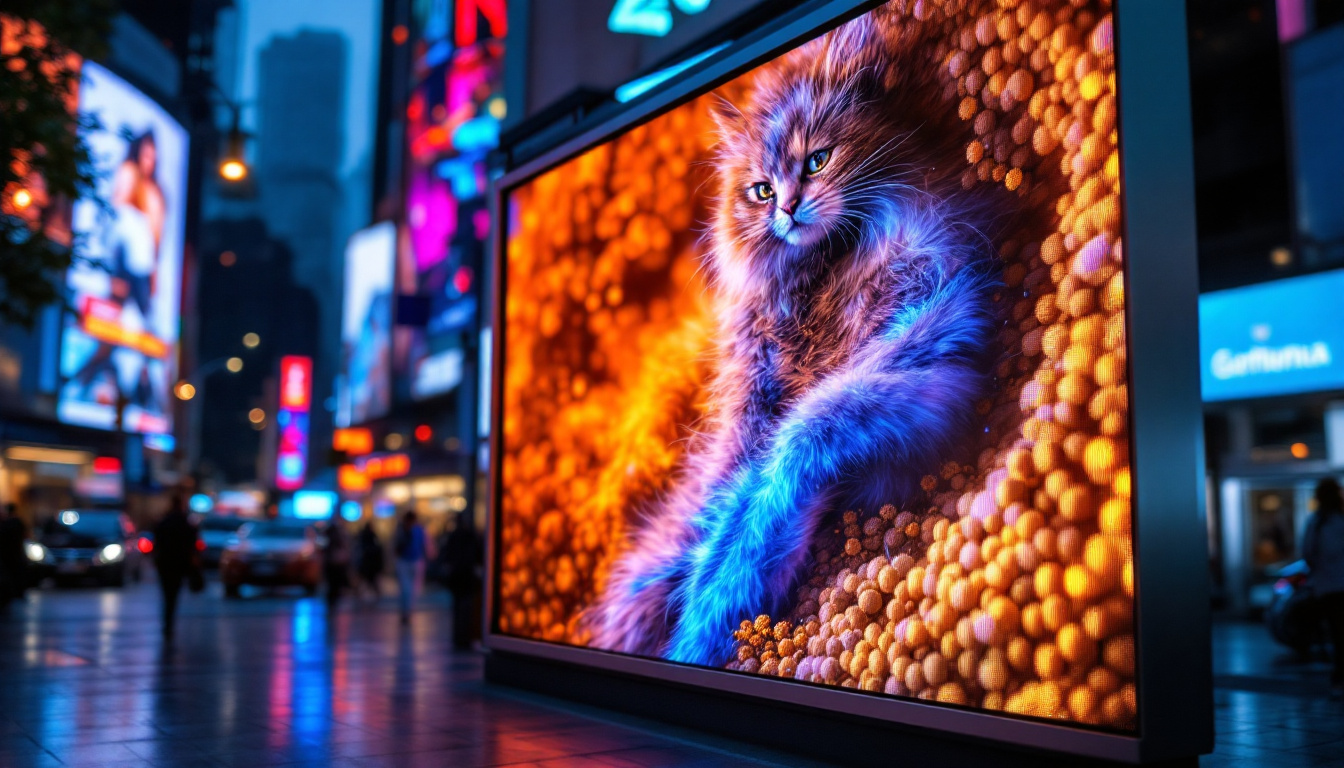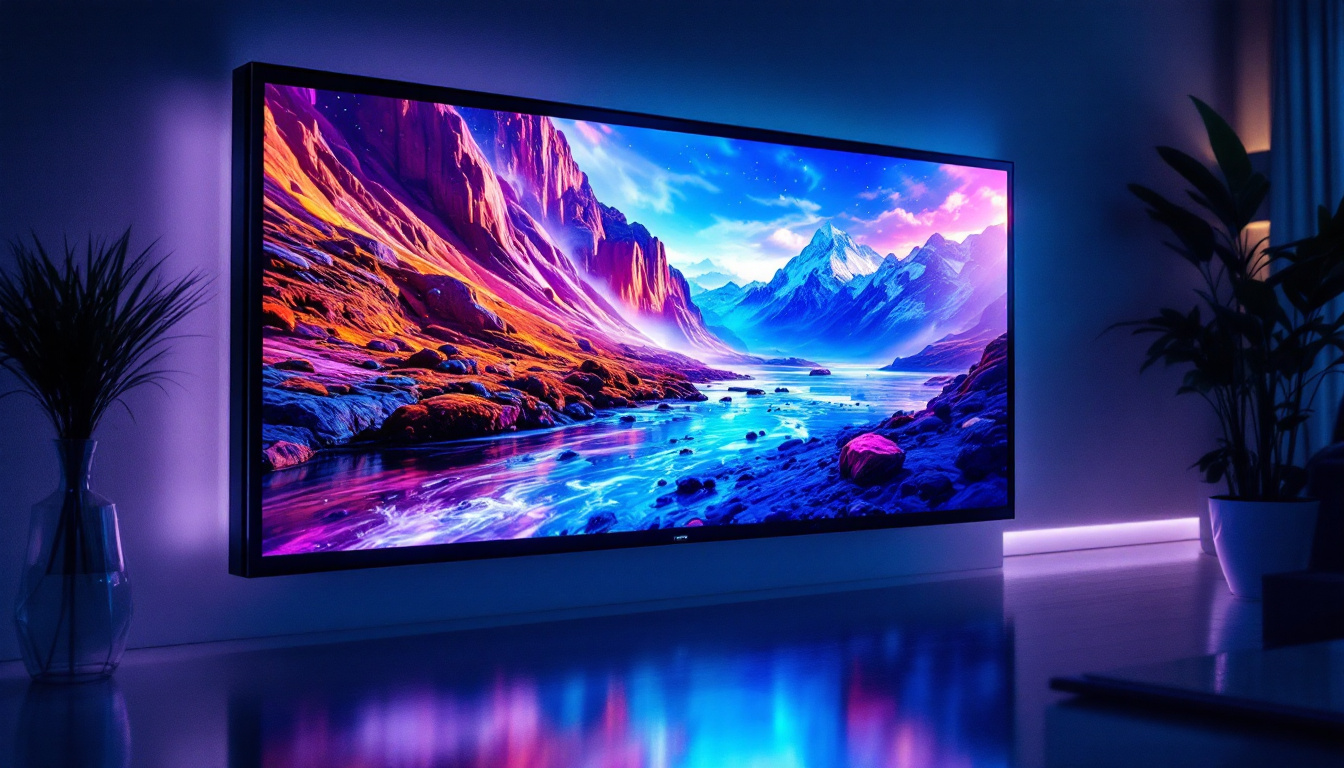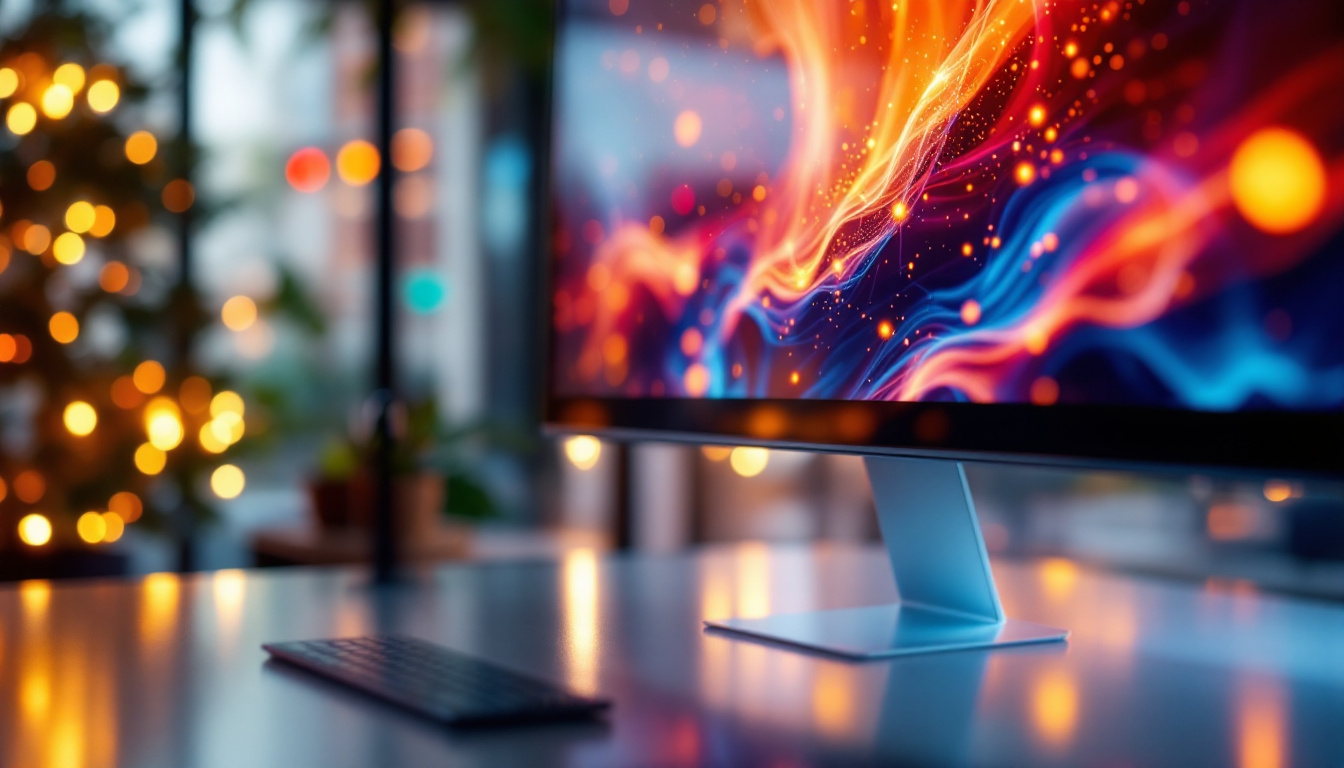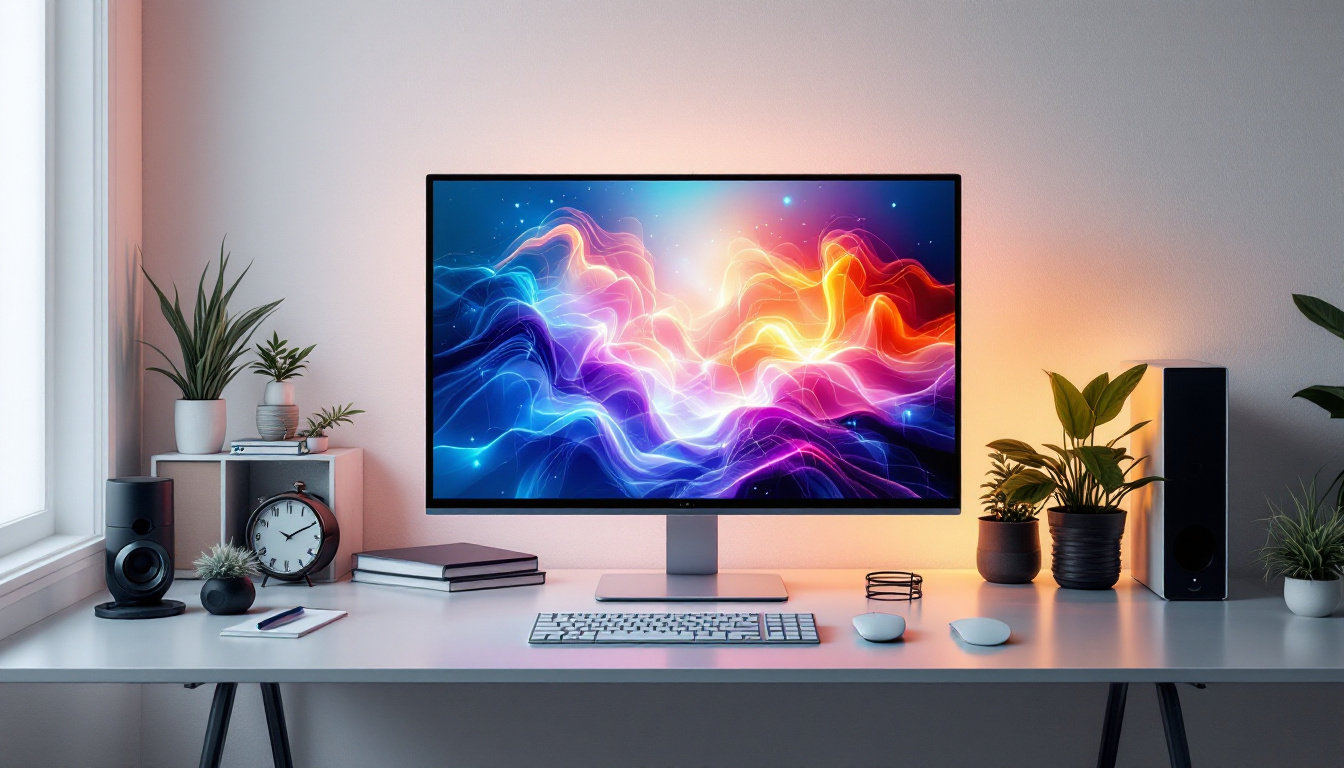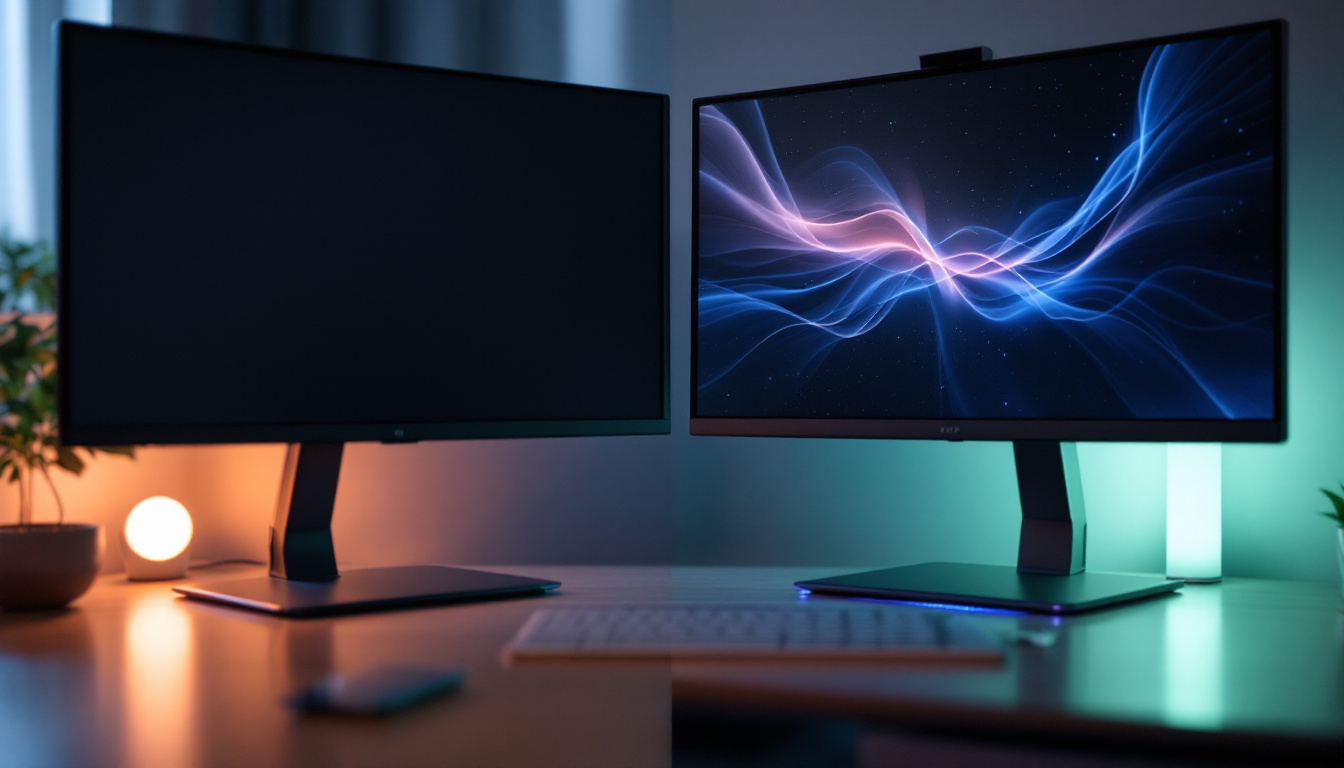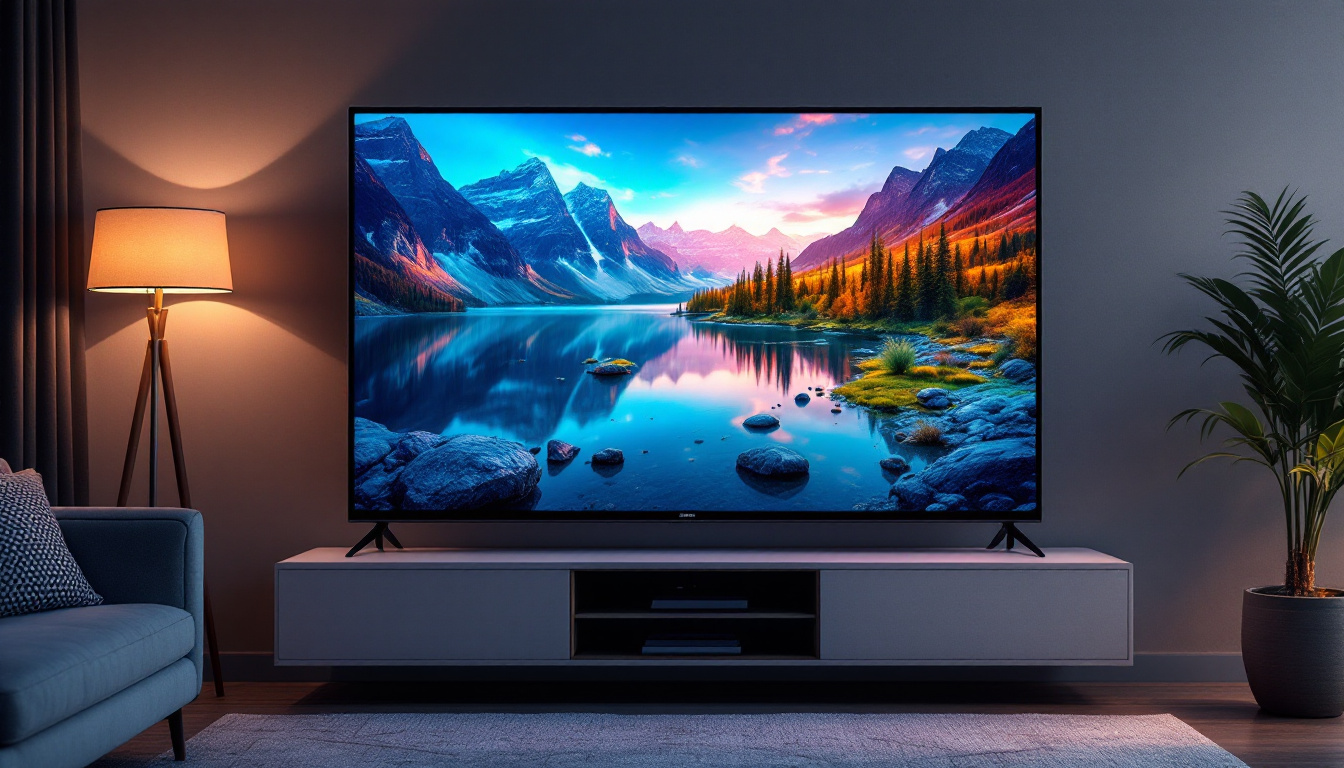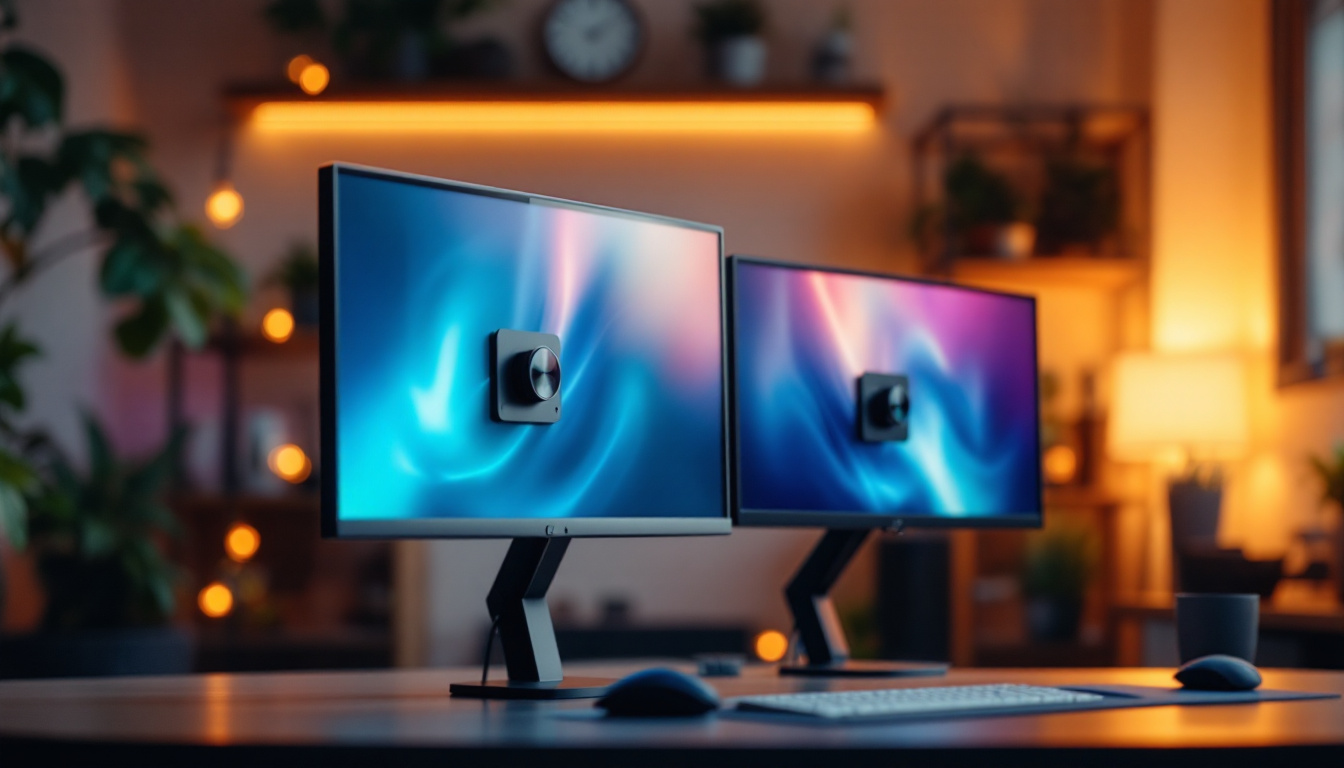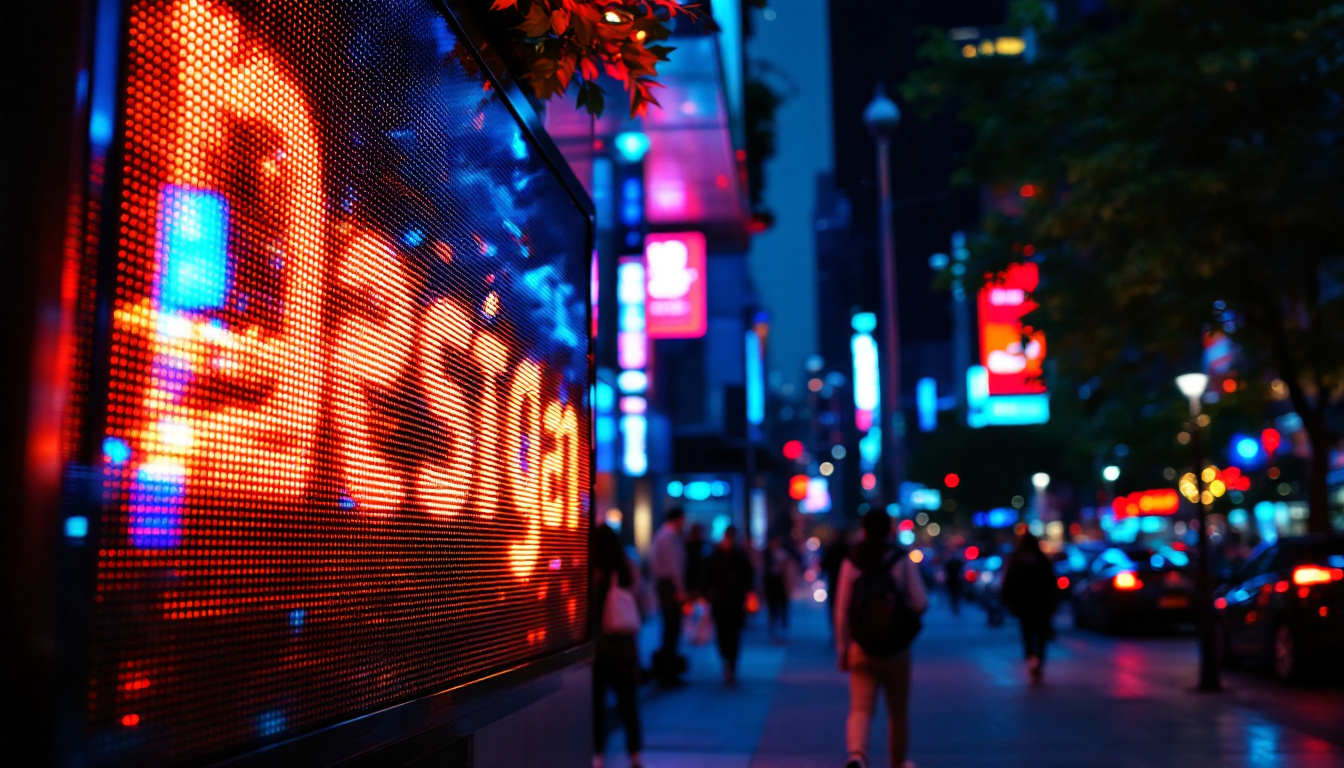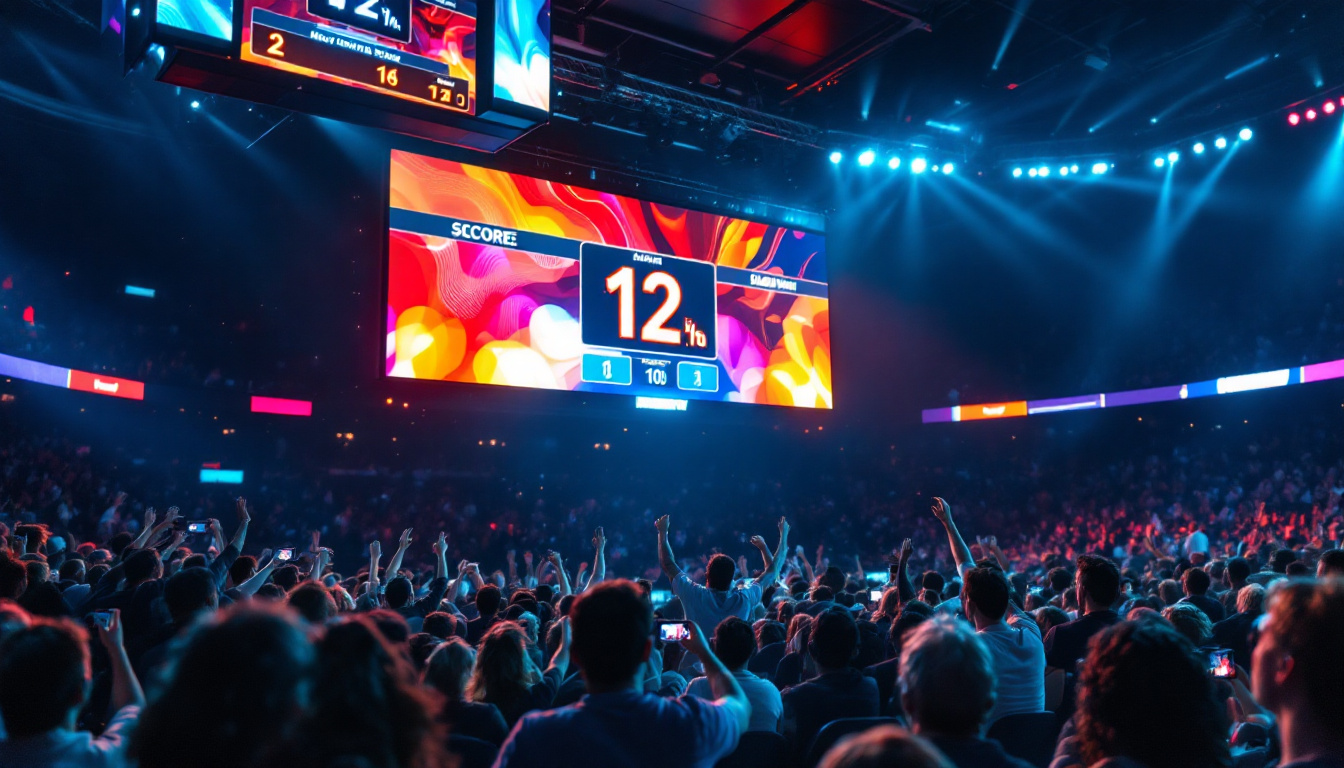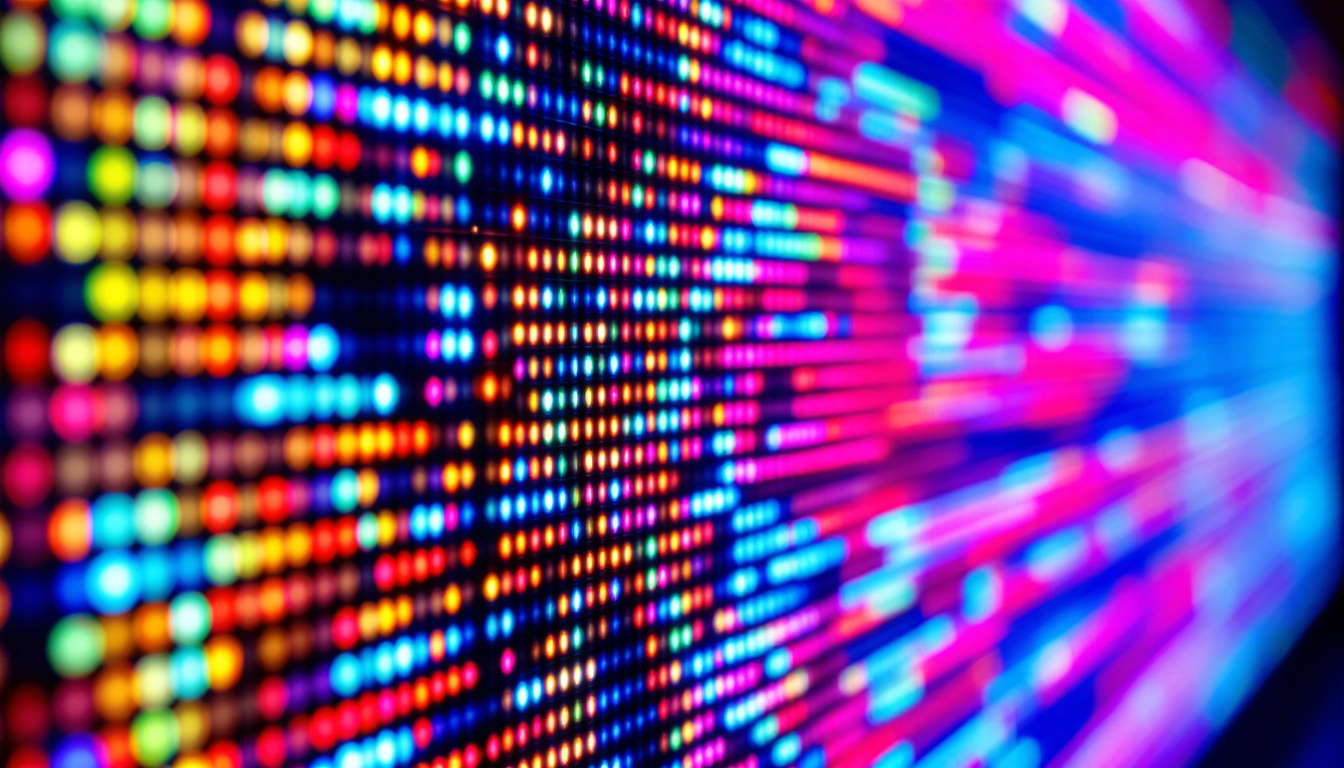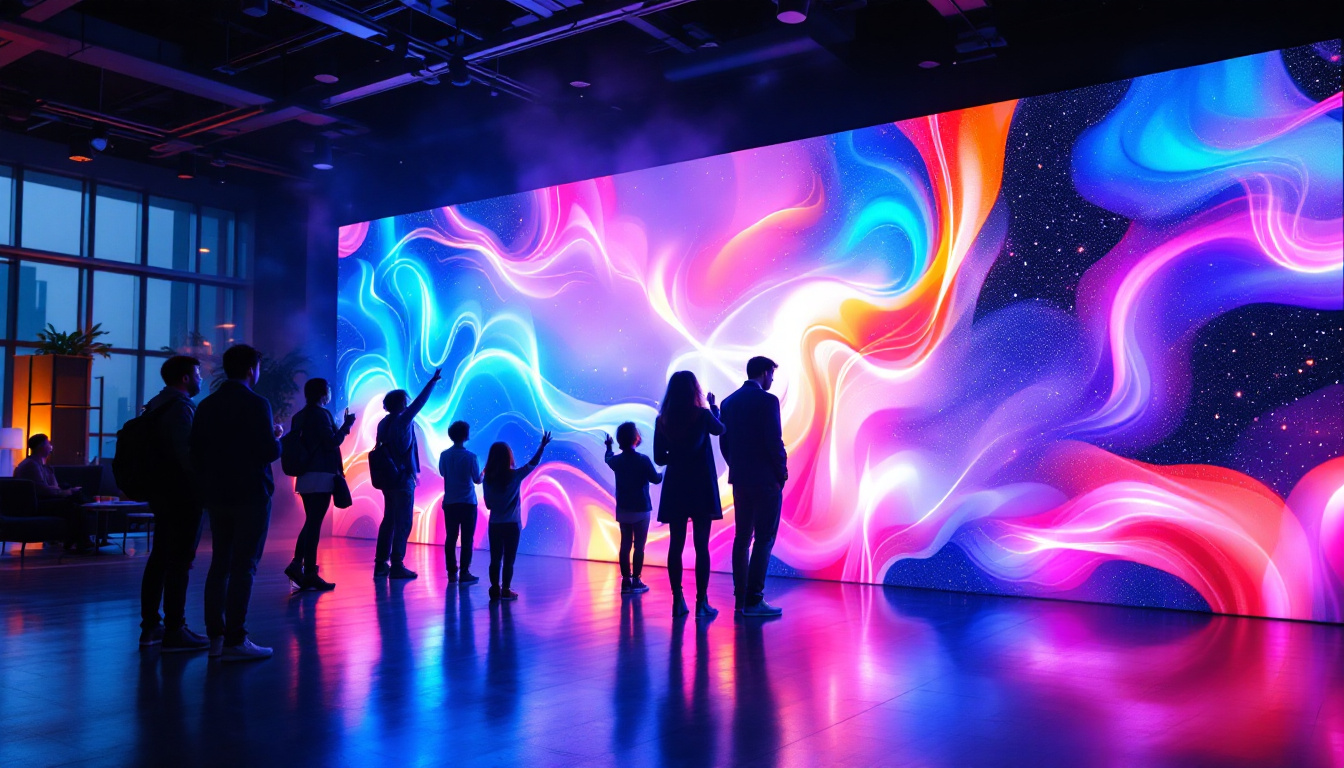In the realm of modern technology, LED displays have become ubiquitous, gracing everything from large billboards to smartphones. Their vibrant colors, energy efficiency, and versatility make them an ideal choice for various applications. Understanding LED screen sizes and their specifications is crucial for making informed decisions, whether for personal use or large-scale installations.
What is an LED Display?
LED, or Light Emitting Diode, displays utilize semiconductor technology to produce light. Unlike traditional LCD screens that rely on backlighting, LED displays emit their own light, resulting in brighter images and deeper blacks. This technology has revolutionized the way visual content is presented, offering superior image quality and energy efficiency. The vibrant colors and high contrast ratios achieved by LED displays make them an ideal choice for various applications, from home entertainment systems to large-scale public displays.
Additionally, LED displays are known for their longevity and durability. With a lifespan that can exceed 50,000 hours, they outperform many other display technologies, making them a cost-effective option in the long run. Their robust design also allows them to withstand harsh environmental conditions, which is particularly beneficial for outdoor installations where exposure to weather elements can be a concern.
Types of LED Displays
LED displays come in several types, each suited for different applications. The most common types include:
- Direct View LED: These displays are made up of individual LED modules that can be combined to create large screens. They are often used for outdoor advertising and large events, providing stunning visuals that capture attention even in bright sunlight.
- LED-backlit LCD: This type combines traditional LCD technology with LED backlighting, offering improved brightness and contrast compared to standard LCDs. This hybrid approach allows for thinner screens and better energy efficiency, making them popular for televisions and computer monitors.
- MicroLED: A newer technology that uses microscopic LEDs to create images. MicroLED displays promise even better performance and efficiency, with the potential for self-emissive capabilities similar to OLEDs, but without the risk of burn-in. This innovation is paving the way for future advancements in display technology.
Understanding Pixel Pitch
Pixel pitch is a critical factor in determining the quality of an LED display. It refers to the distance between the center of one pixel to the center of the adjacent pixel. A smaller pixel pitch means higher pixel density, resulting in sharper images and better detail. This characteristic is particularly important for applications where high-resolution visuals are essential, such as in control rooms, broadcast studios, and high-end retail displays.
For example, a pixel pitch of 2mm is ideal for indoor environments where viewers are closer to the screen, while a 10mm pixel pitch is more suitable for outdoor displays viewed from a distance. Understanding pixel pitch helps in selecting the right display for specific viewing conditions. Moreover, as technology advances, manufacturers are continually pushing the boundaries of pixel pitch, enabling even finer resolutions that enhance the viewing experience in various settings, from art installations to sports arenas.
Choosing the Right LED Screen Size
The size of an LED screen is a crucial consideration, impacting both the visual experience and the space it occupies. When selecting an LED display, several factors should be considered, including the intended use, viewing distance, and available space.
Intended Use
Different applications require different screen sizes. For instance, a small screen may suffice for personal use, such as a home theater setup or a gaming monitor. In contrast, large venues like stadiums or concert halls necessitate significantly larger displays to ensure visibility from various angles and distances.
Moreover, the content being displayed also influences the size choice. High-resolution graphics or videos may benefit from larger screens that can showcase intricate details without compromising quality.
Viewing Distance
Viewing distance plays a pivotal role in determining the optimal screen size. The general rule of thumb is that the larger the screen, the farther away the viewer can be while still enjoying a clear image. For instance, a screen with a pixel pitch of 2mm is best viewed from a distance of around 2-3 meters, whereas a screen with a 10mm pixel pitch can be viewed comfortably from 10-15 meters.
Understanding the viewing distance helps in selecting a screen size that maximizes viewer experience without straining the eyes.
Available Space
Space constraints are another vital consideration. The physical dimensions of the installation area will dictate the maximum size of the LED display. Whether it’s a conference room, a retail space, or an outdoor venue, measuring the available space ensures that the selected screen fits seamlessly into the environment.
Additionally, the layout of the space should be taken into account. For example, a narrow room may require a taller screen, while a wider space might benefit from a broader display.
Benefits of LED Displays
LED displays offer a myriad of advantages, making them a popular choice across various sectors. Their benefits extend beyond mere aesthetics, impacting performance and cost-effectiveness as well.
Energy Efficiency
One of the standout features of LED technology is its energy efficiency. Compared to traditional displays, LED screens consume significantly less power, resulting in lower electricity bills and a reduced carbon footprint. This efficiency is particularly beneficial for businesses that operate large displays continuously, as the savings can be substantial over time.
Brightness and Color Accuracy
LED displays are known for their exceptional brightness levels, making them suitable for both indoor and outdoor environments. The ability to produce vibrant colors and high contrast ratios enhances the viewing experience, ensuring that content is displayed in the best possible quality.
Moreover, advancements in LED technology have led to improved color accuracy, allowing for more lifelike images. This is particularly important in applications such as advertising and broadcasting, where visual impact is paramount.
Longevity and Durability
LED displays are designed to last, often boasting lifespans of over 100,000 hours. This longevity translates to lower maintenance costs and less frequent replacements, making them a cost-effective investment in the long run.
Additionally, LED technology is inherently more durable than traditional displays. They are less susceptible to damage from environmental factors, making them ideal for outdoor installations where exposure to the elements is a concern.
Applications of LED Displays
The versatility of LED displays allows them to be utilized in a wide range of applications. From advertising to entertainment, their adaptability makes them a preferred choice across various industries.
Advertising and Marketing
In the advertising world, LED displays have become a staple for outdoor marketing campaigns. Their ability to display dynamic content, such as videos and animations, captures attention more effectively than static billboards. Businesses can change their messaging in real-time, allowing for timely promotions and updates.
Moreover, the high visibility of LED displays, even in bright sunlight, ensures that advertisements reach a larger audience. This capability makes them an invaluable tool for brands looking to enhance their visibility and engagement.
Entertainment and Events
LED displays are a common sight at concerts, sporting events, and festivals. Their large size and high brightness make them ideal for conveying information and enhancing the overall experience for attendees. From displaying live feeds to showcasing sponsors, LED screens play a crucial role in event production.
Furthermore, the flexibility of LED technology allows for creative installations, such as curved or modular displays, enabling unique visual experiences that captivate audiences.
Corporate and Educational Use
In corporate settings, LED displays are used for presentations, conferences, and training sessions. Their clarity and brightness ensure that content is easily visible to large audiences, enhancing communication and collaboration.
Educational institutions also benefit from LED technology, utilizing displays for interactive learning experiences. From classrooms to auditoriums, LED screens facilitate engaging presentations that can enhance student understanding and retention.
Future Trends in LED Display Technology
As technology continues to evolve, so too does the landscape of LED displays. Several trends are emerging that promise to shape the future of this industry.
Advancements in MicroLED Technology
MicroLED technology is gaining traction due to its ability to deliver superior performance with smaller pixel sizes. This advancement allows for higher resolutions and better color accuracy, making it a game-changer for high-end displays. As production costs decrease, MicroLED displays are expected to become more accessible for a wider range of applications.
Integration with Smart Technology
The integration of LED displays with smart technology is another trend to watch. With the rise of the Internet of Things (IoT), LED displays can be connected to various devices and platforms, enabling real-time data sharing and interactivity. This capability opens up new possibilities for advertising and information dissemination.
Sustainability Initiatives
As environmental concerns grow, the LED display industry is focusing on sustainability. Manufacturers are exploring eco-friendly materials and production methods to minimize waste and energy consumption. Innovations such as recyclable LED screens and energy-efficient designs are becoming more prevalent, aligning with global sustainability goals.
Conclusion
LED displays have transformed the way visual content is presented, offering unparalleled brightness, energy efficiency, and versatility. Understanding the various aspects of LED technology, including screen size, pixel pitch, and applications, is essential for making informed decisions.
As technology continues to advance, LED displays will undoubtedly play an increasingly prominent role in various sectors, from advertising to education. With an eye on future trends and sustainability, the potential for LED technology is vast, promising exciting developments in the years to come.
Explore Cutting-Edge LED Display Solutions with LumenMatrix
Ready to elevate your visual experience with the latest in LED display technology? Look no further than LumenMatrix. As a leader in innovative LED solutions, we offer an extensive range of products, from Indoor and Outdoor LED Wall Displays to dynamic Vehicle and Sports LED Displays. Whether you’re looking to create an immersive environment with our Floor LED Display or make a bold statement with a Custom LED Display, LumenMatrix has the expertise to bring your vision to life. Our mission is to transform visual communication, ensuring your message resonates with brilliance and clarity. Don’t miss out on the opportunity to captivate your audience. Check out LumenMatrix LED Display Solutions today and see the difference for yourself.

